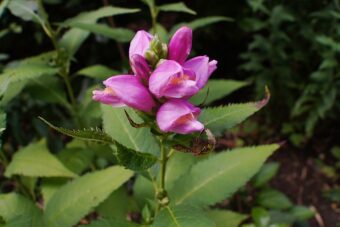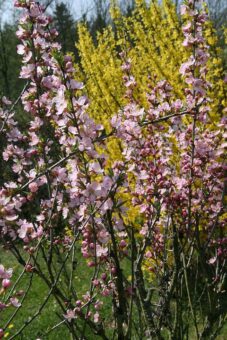In this article, we will be discussing how to grow the half-hardy annual climbing plant Cobaea in containers. Cobaea is a genus of flowering climbers that tend to grow rapidly. It is found to grow naturally in South American countries from Mexico to Peru. It is named after the Spanish Jesuit priest and naturalist Father Barnabe Coba. They can grow up to 3m in one season, where the alternate lobed, green leaves that occur in pairs are produced. Along the stems, tendrils are produced that support the plants as it grows upwards.
From summer to early autumn, 7.5cm large, ball-shaped …










